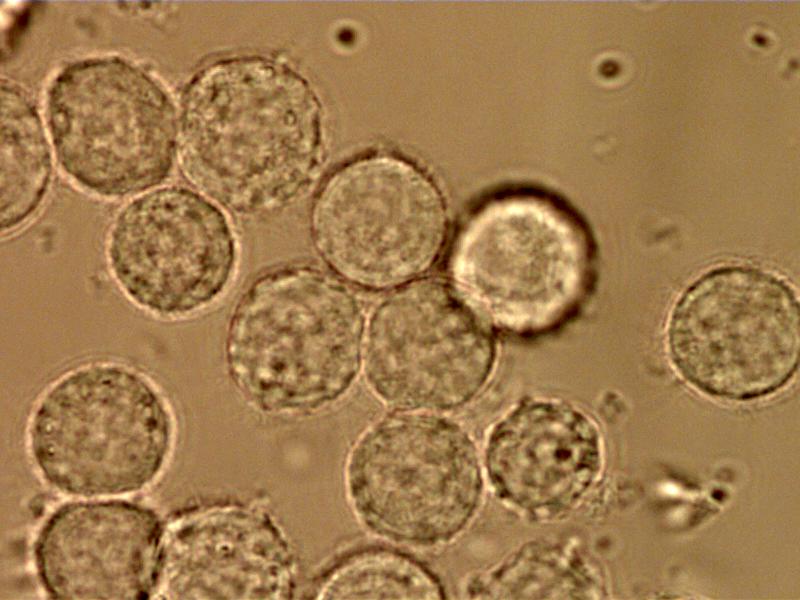
| 編者的話 | |
| 綠色生活與工程 | |
 篇一 篇一 |
|
 篇二 篇二 |
|
 篇三 篇三 |
|
 篇四 篇四 |
|
 篇五 篇五 |
|
| 卓越篇 | |
| 院訊 | |

| Advanced Technology -- Femtosecond laser-induced cell fusion, invented by the Engineering Faculty | ||
Researchers in Hong Kong have come up with a way of efficiently fusing human cells together using femtosecond light pulses from a fibre laser. Cell fusion happens naturally, but the ability to do it artificially provides cell biologists with a better understanding of the process. This in turn could lead to developments in genetic techniques and cancer treatments. Previous optics-based fusion techniques, such as the use of nanosecond-long pulses of UV light, have suffered from poor fusion success rates, about 10%, and surrounding cells were damaged by scattered light. Polyethylene glycol was found to improve the efficiency for fusing yeast cells, but it is toxic. The challenge is to improve the efficiency, but at the same time keep the cells alive. Hao He and co-workers from the Chinese University of Hong Kong take an all-optical approach that does not require any chemicals. Optical tweezers moved two human heptocellular carcinoma cells (HepG2) into contact. Pulses of light 200 fs long, at a wavelength of 1,550 nm were focused onto the contact area for about 10 s. The cells were then incubated for 90 minutes at 37 °C. The fusion was successful in 37.5% of the tests. Thermal effects were limited to the focal volume, reducing disruption to surrounding cells. The technique was also used to join two different types of cell, HepG2 and human cervical cancer cells, although this was achieved at a much lower efficiency of 10%.” |
||
Terms under which this service is provided to you.
Read our privacy guidelines. Contact us.
